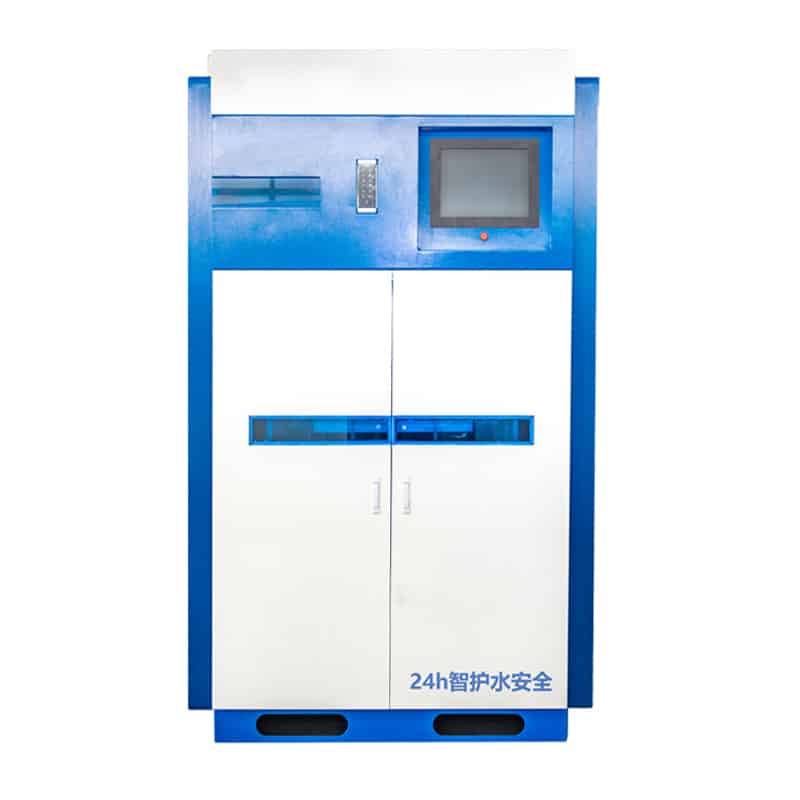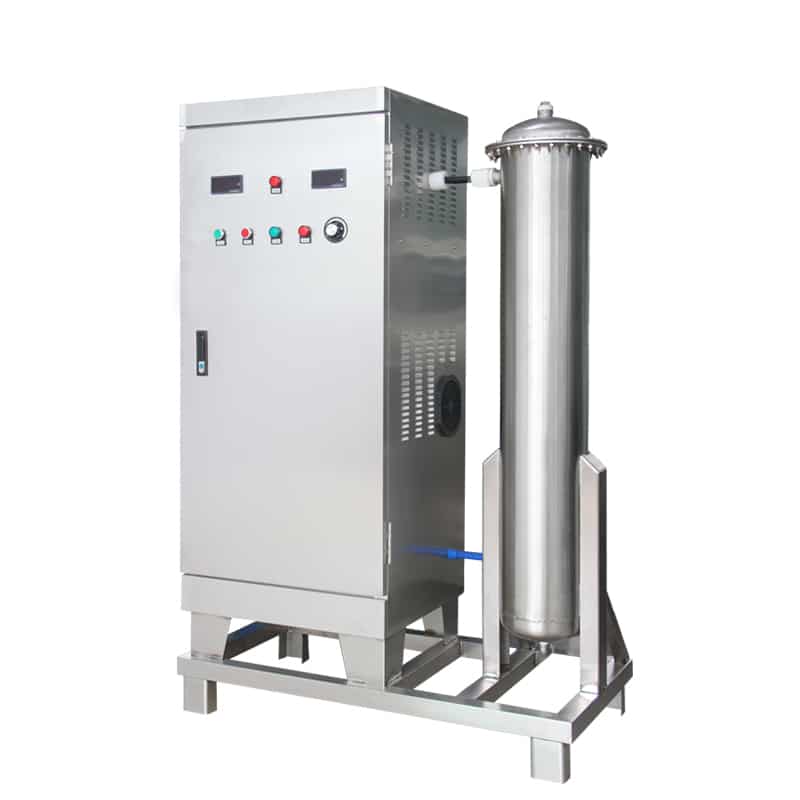Whether in domestic, medical or industrial environments, disinfectants are a key tool in our defense against harmful microorganisms. Through a variety of chemical and physical means, disinfectants can effectively kill or inactivate bacteria, viruses and fungi. Understanding how they work helps us choose the most appropriate disinfection method to ensure hygiene and safety.
Main Working Principles of Disinfectants
Disinfectants play a vital role in controlling harmful microorganisms like bacteria, viruses, and fungi by either killing or deactivating them. They achieve this through several mechanisms:
- Disrupting cell walls: Disinfectants like ozone and alcohols break down cell membranes or walls, causing cell leakage and death.
- Oxidizing cellular components: Agents like chlorine (in sodium hypochlorite) oxidize essential proteins and enzymes, inhibiting vital cellular functions.
- Interfering with DNA/RNA: Some disinfectants, like UV light, damage the genetic material of microorganisms, preventing replication.
Types of Disinfectants
Ozone: Used in water treatment systems, ozone breaks down the cell walls of pathogens through oxidation.
Sodium Hypochlorite: Commonly known as bleach, this chlorine-based disinfectant is effective in both liquid and gas forms and is widely used in industrial and medical settings. It disrupts microbial metabolism and oxidizes vital cell structures, killing the microorganism.
Alcohols: Alcohol-based disinfectants, such as ethanol and isopropanol, work by denaturing proteins and dissolving lipid membranes, making them effective against viruses, bacteria, and fungi.
Applications in Water Disinfection
In the field of water treatment, disinfectants are crucial for ensuring water safety. Systems like ozone generators and sodium hypochlorite generators help treat groundwater, rainwater, and wastewater by eliminating harmful pathogens.


Ozone reacts with contaminants, effectively sanitizing water without leaving harmful residues. Sodium hypochlorite, on the other hand, offers a powerful and long-lasting disinfectant effect, ensuring that treated water remains safe over time.
Effectiveness Factors
The effectiveness of a disinfectant depends on several factors:
Concentration: Higher concentrations typically improve effectiveness but may pose risks to surfaces or humans.
Contact time: Sufficient contact time is necessary to inactivate microorganisms completely.
Environmental conditions: Factors like temperature, pH, and organic matter can influence disinfectant performance.
Summary
Disinfectants are powerful tools in our battle against harmful microorganisms, ensuring hygiene and safety in various industries, especially in water treatment. By understanding how they work, you can choose the most appropriate disinfection system for your needs.
For more detailed information on effective disinfection systems, visit the KUOSI disinfection system page.
